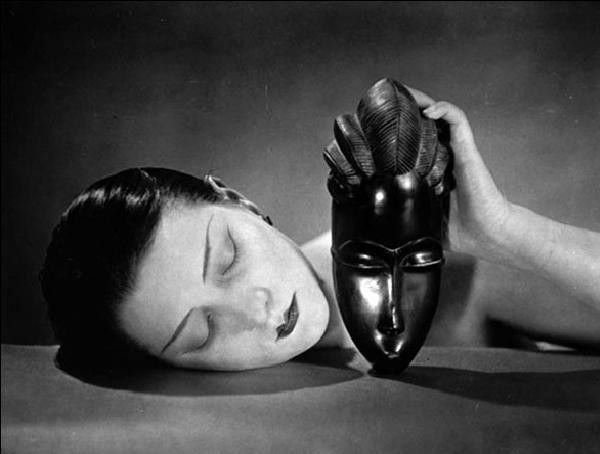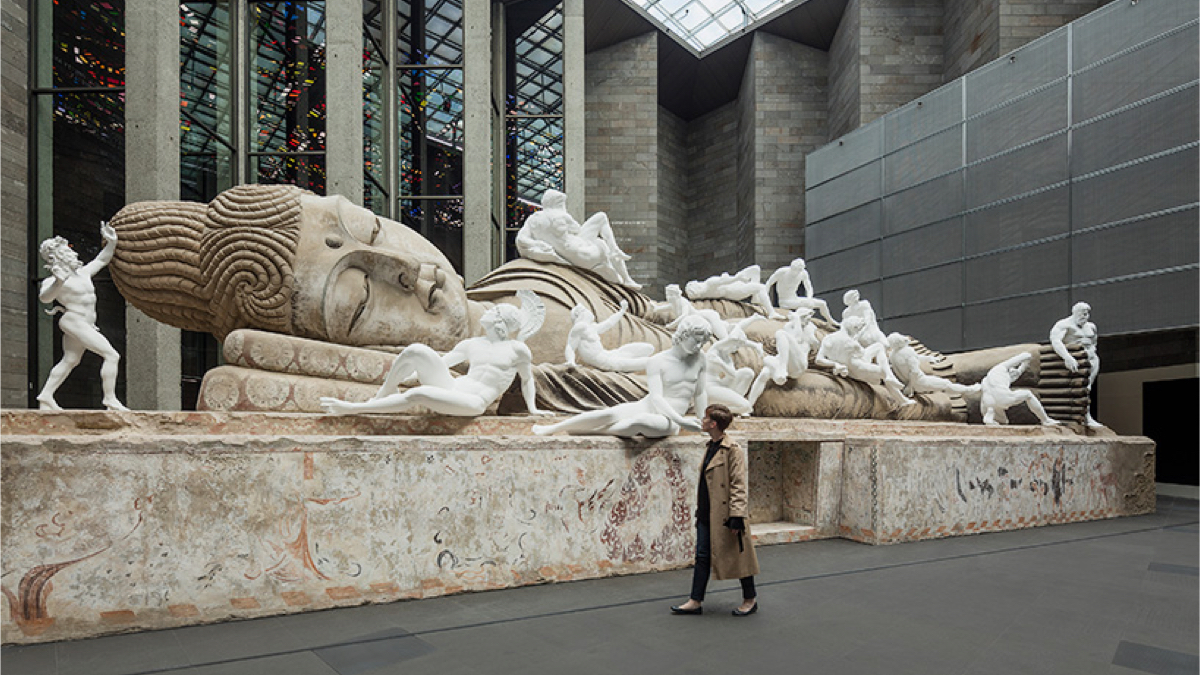
An Introduction to Romanticism
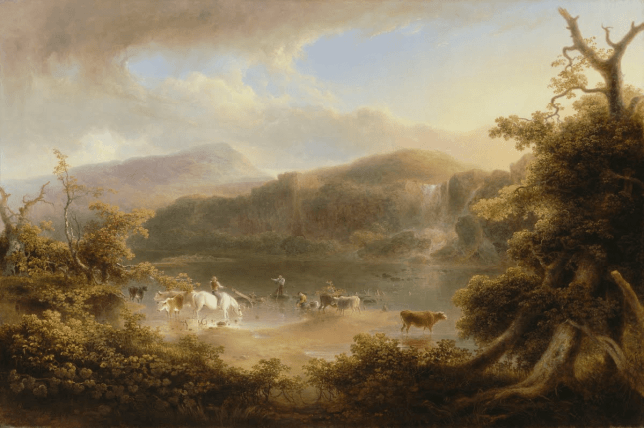
Romanticism is one of the most impactful turns in art history, which had at once a social, intellectual, artistic, and literary influence. It represents one of the first desires for change and renewal, which is not surprising given that it precedes the French Revolution of 1789. Through Artsper, discover all you need to know about this movement, which shook all of Europe.
The origins of Romanticism

Romanticism started in Western Europe, around the middle of the 18th century. At this time, the dominant artistic and cultural movement is Neoclassicism, which finds its inspiration in the aesthetics of ancient civilizations. Neoclassicism values order, self-control, and the promotion of ideal values. Romanticism thus imposes itself as a clear break with these obsolete ideals: from now on, its passion and personal feelings which should be favored.
This rupture was not simply artistic or cultural though; with the development of industrialization and modernity, Romanticism aims at being the last hope for anti-conventionalism, individuality, or even immaturity. These values promoted by artists and intellectuals are thus an attempt to counteract the coldness of modernity and Academism. These artists wish to focus on instinct, rather than reason. It is actually the German poet Friedrich Schlegel who uses the word “romantic” for the very first time to give this definition: “literature depicting emotional matter in an imaginative form”.
Art that evokes feeling
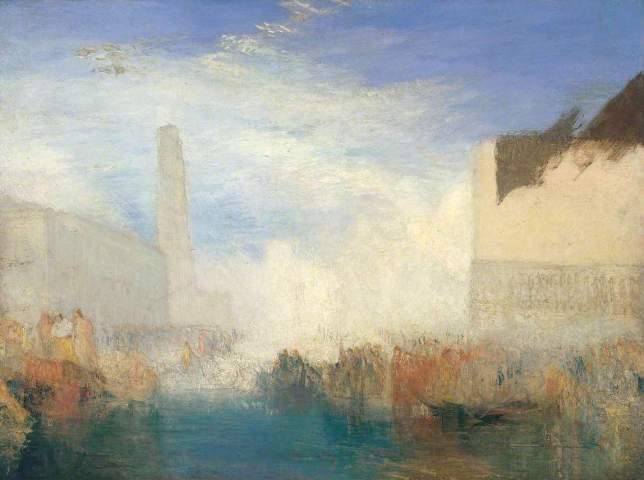
Romanticism has manifested slightly differently across Europe. In England, the artists at the head of the Romantic movement are Caspar David Friedrich, William Turner, and John Constable. Their works are mainly landscapes, surreal and chaotic at the same time. Turner’s landscapes, for instance, testify of his experimentation with light and colors. Turner blurs the boundaries between the different parts of his canvas. This offers an impression of his subject matter between dream and reality (he is actually often considered a precursor of Impressionism!).
Only certain shapes can be distinguished, the rest is left to our imagination. In literature, poets like William Wordsworth describe nature as personified, mystical, far from the pragmatism of the growing technology. This type of atmosphere thus shows the desire for romantics to share the way they feel about their subject matter, rather than its exact and rigorous rendition.
The image of the cursed poet
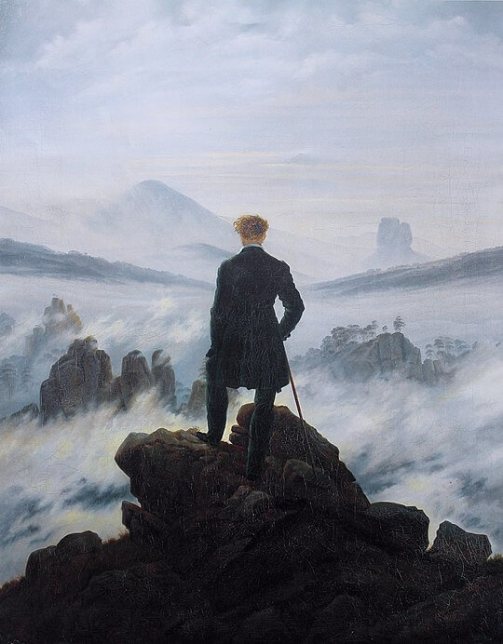
In France, the Romantic artist is translated into the figure of the flaneur. This artist is usually a failed poet, who discards the conventions and capitalism of busy, modern life. It’s mainly the poet Charles Baudelaire who represents the flaneur, the detached observer of society. With this activity, he finds the necessary inspiration to let his feelings speak freely.
In Spain, the art of Francisco de Goya approaches Romanticism from a rather particular angle; that of anxiety, of the imaginary, and even of insanity. This genre is often called “dark romanticism”, where characters find themselves facing frightful fantastic demons. This despair is common in romantic works: it comes from an uneasiness, from an intellect that distinguishes itself from contemporary norms, but which is also conducive to inspiration. Thus, the Romantics do not hide their suffering anymore, but rather turn it into a fascinating source of inspiration.
The transition towards modernity
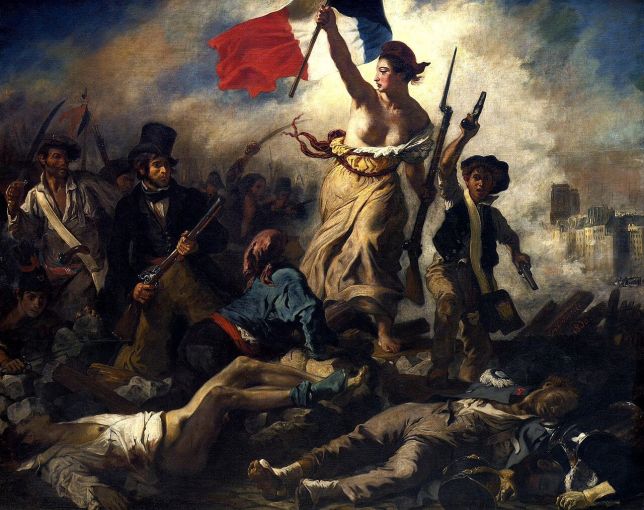
The principles of Romanticism will end up being the natural origin of the consecutive movements of the time, notably Realism and Impressionism. The exploration of the artist’s feelings will result in Impressionism, which of course is based on art as “impression”. But above all, in France, Romanticism will bring for the very first time the conscience of some socio-political paradoxes in pictorial art. Just as Romanticism opposed the rules of the Academy, Realism rejected bourgeois idealism. The works of Gustave Courbet are an example of this generation of artists who now found a deep interest in the people, the real and crude daily life.
This political engagement was, in reality, always underlying in Romanticism. Indeed, the considered leader of the movement, Eugene Delacroix, already addresses these ideas discreetly in La Liberté Guidant le Peuple, for instance. However, the Realists reproach the Romanticists to be nothing but “art for art”, too detached from the reality of human existence. Thus, Realism, and Naturalism in literature, will slowly replace the sentimental frivolity of Romanticism.
It is not surprising that today Romanticism remains a very common theme. In literature or contemporary art, the values of emotional and subjective sensibility are at the core of many fascinating works. Moreover, the figure of the cursed artist who’s detached from society is not rare, and it is still idealized nowadays. Which of these romantic ideals inspire you?
You might also like…

About Artsper
Founded in 2013, Artsper is an online marketplace for contemporary art. Partnering with 1,800 professional art galleries around the world, it makes discovering and acquiring art accessible to all.
Learn more















